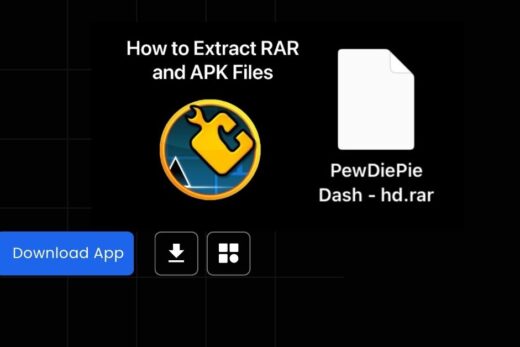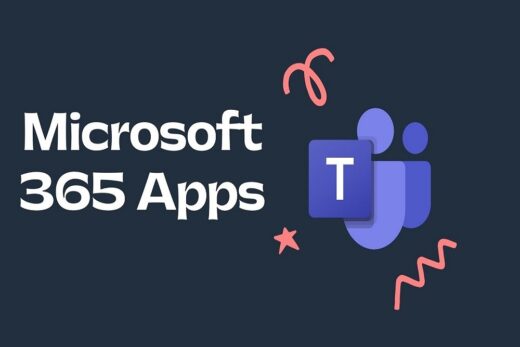The popularity of Apache Kafka developers has grown in recent times to deliver scalable solutions. It is a publish-subscribe messaging system enabling the building of distributed apps. A developer like Apache Kafka for ‘real-time’ processing and data integration. LinkedIn created Kafka in 2011 to handle high-volume messages. Later, it went to Apache Software Foundation in 2013.
The Kafka platform has transformed into the dominant data streaming solution. It is capable of ingesting and processing tens of billions of entries per day without latency. As is the case with Target, Microsoft, Airbnb, and Netflix, Kafka relies upon Fortune 500 companies to provide real-time, data-driven experiences to their consumers.
Table of Contents
Why Do I Prefer Apache Kafka Developer? What is it?
Apache Kafka Developers (Kafka) is an open-source platform that allows event-driven applications. In other words, what does it signify? Information gets generated constantly nowadays via many data sources, including streams of occurrences. A significant event is a computerized log of an actual affair with a recorded time. It is customary for an event to be a specific activity that leads to another action in a process.
The customer-related occurrences are booking flight seats and making purchases. An event is anything that occurs regardless of whether it is someone or something. A thermostat’s report of the temperature at a particular moment is likewise an event.
The streams have the capability of real-time application processing. It can react to data or events. A streaming platform helps to create applications capable of consuming streams. Define stream’s fidelity and accuracy with the correct sequence of stream’s occurrences.
Kafka Developers may make use of features via four different APIs:
Producer API:
It is the named log that keeps the data in the order in which they happened relative to one another in a certain period. It is not possible to edit or remove records that write to a topic after the report. Instead, they stay in the subject for a certain period. It provides the ability to publish or subscribe to data and event streams (for example, two days).
Consumer API:
It allows the application to ingest and process the stream contained in the topic. It can work with records in the subject in real-time and ingest and process data from the past.
Streams API:
An application can perform continuous front-to-back stream processing by using the Streams API. It helps to build on the Producer and Consumer APIs. This also results in adding complex processing capabilities. Consume records from one or more topics by publishing the resulting streams.
This API is a subset of the Producer and Consumer APIs and is a subset of the Streams API. The Producer and Consumer APIs get used for basic stream processing. The streams API allows the creation of more complex data- and event-streaming applications.
Connector API:
It allows developers to create connectors, reusable producers, and consumers. It eases and automates the integration of a data source into a Kafka cluster using the connector API.
Vital Points to Consider for Apache Kafka Development
Decoupling and Asynchronous Processing
Kafka simulates a message queue with producers located at one end and consumers at the other. Asynchronous processing is a variation of it. The producers should not get concerned about how long it takes to read the messages. It will be uncomfortable to use Kafka’s design patterns in an asynchronous context.
Get the same asynchronously if producers send an RPC directly to consumers. Also, it can be waiting only for an ACK response, or if consumers made a direct call to a producer endpoint. Kafka Developer assists the creation, deployment & maintenance of producers and consumers independently.
The producers keep producing and sending messages to Kafka as long as they agree on a common standard. Consumer readers will find the messaging in Kafka. People in the production and consumption phases don’t need to know one other’s addresses.
The use of a Kafka-based service means availability of both storage and retrieval. Nor do they need to concern themselves with the other’s ability. Both the aspects get tracked and adjusted individually. In addition to design and development, system review candidates frequently forget to call out operation and maintenance.
Route and Load-sharing Messages
Kafka allows topic-based routing of messages. Each party, including producers and consumers, has a unique concern to discuss with Kafka Developer. Organize and classify the notes in a logical way. Kafka provides correct information to customers who subscribe to the various topics. Kafka topics get used to direct messages inside the system design interview.
The system design diagrams get simply because of the upstream system for communication with a single message endpoint. Kafka Developer provides multiplexing for the messages sent to their destinations.
Kafka also enables the creation of subtopics inside a topic. Producers transmit messages to the appropriate theme divisions directly. Messages get broken up into smaller chunks based on their partition key. Statements that get sent inside the same subject division stay together to be in the same sequence.
A single subscriber instance can access a topic or partition at a time. Process the customer instances with multiple topic partitions in parallel. Replace the consumer instance with a new one when it does? It is the combination of either manually or mechanically, by a consumer group or on its own. The load gets divided efficiently into different divisions when a subject runs in parallel.
Client Failure and Message Delivery Semantics
Design interviewers have a penchant for querying applicants about the worst-case situations. Declare the message as committed before or after a producer fails. To avoid making duplicate messages, it must retry to achieve the news.
In the worth-case scenario, the design interviewers have a penchant for querying applicants. Declare the message as committed before or after a product fails. Assign Kafka-assigned Ids and monotonically rising sequence numbers to fence off duplicates. The manufacturer is in charge of tracking the sequence number and product Ids.
After a consumer process a message, they may fail before saving the offset, in which case the process must reprocess the message. After it resolves the balance, it may die before getting to the news in which case retrying skips the message. It seems that either at-least-once or at-most-once is correct.
Read More : Top 10 Cheat Sheet To Hire A Magento Developer
Characteristics of Scalability
Kafka doesn’t restrict the number of topics and partitions, but it has internal limits. Zookeeper is Kafka’s database to partition data. The capacity of the Zookeeper increases by adding instances. But, it exacerbates the limited capacity of individual nodes. Kafka appoints one server to be a controller, whose task is to maintain the metadata related to topics and partitions.
The controller can monitor the partition leaders and manage changes to the leaders. In case of failure, the cluster can select a new controller for metadata management. Being in control is essential to the success of a Kafka cluster.
A greater level of overhead occurs as we increase the number of subjects and divisions. The other element to consider is the partition in a folder with varied data files. Also, Maintain a significant number of cells for necessary disc space. Finally, do not forget to duplicate any partitions that double the overhead.
Replication and the ability to bounce back
Kafka gets characterized as a centralized system. Kafka deployments require several servers. Understand the defenses of Kafka to address the issues adequately. The servers get distributed across multiple configurations for client discovery. Clients can transfer to a new server in case of a server crash. The servers deliver up-to-date details of clients for relative functionality.
Final Thoughts!
Kafka Developer provides customers with queuing and publish-subscribe messaging paradigms. Kafka can spread data-processing over multiple instances.
One of the major benefits of publish-subscribe is that it may allow for many subscribers. On the other hand, it is one of its major disadvantages since it is not able to divide work across worker processes. Kafka has a log model using partitions to put these two solutions together.




























